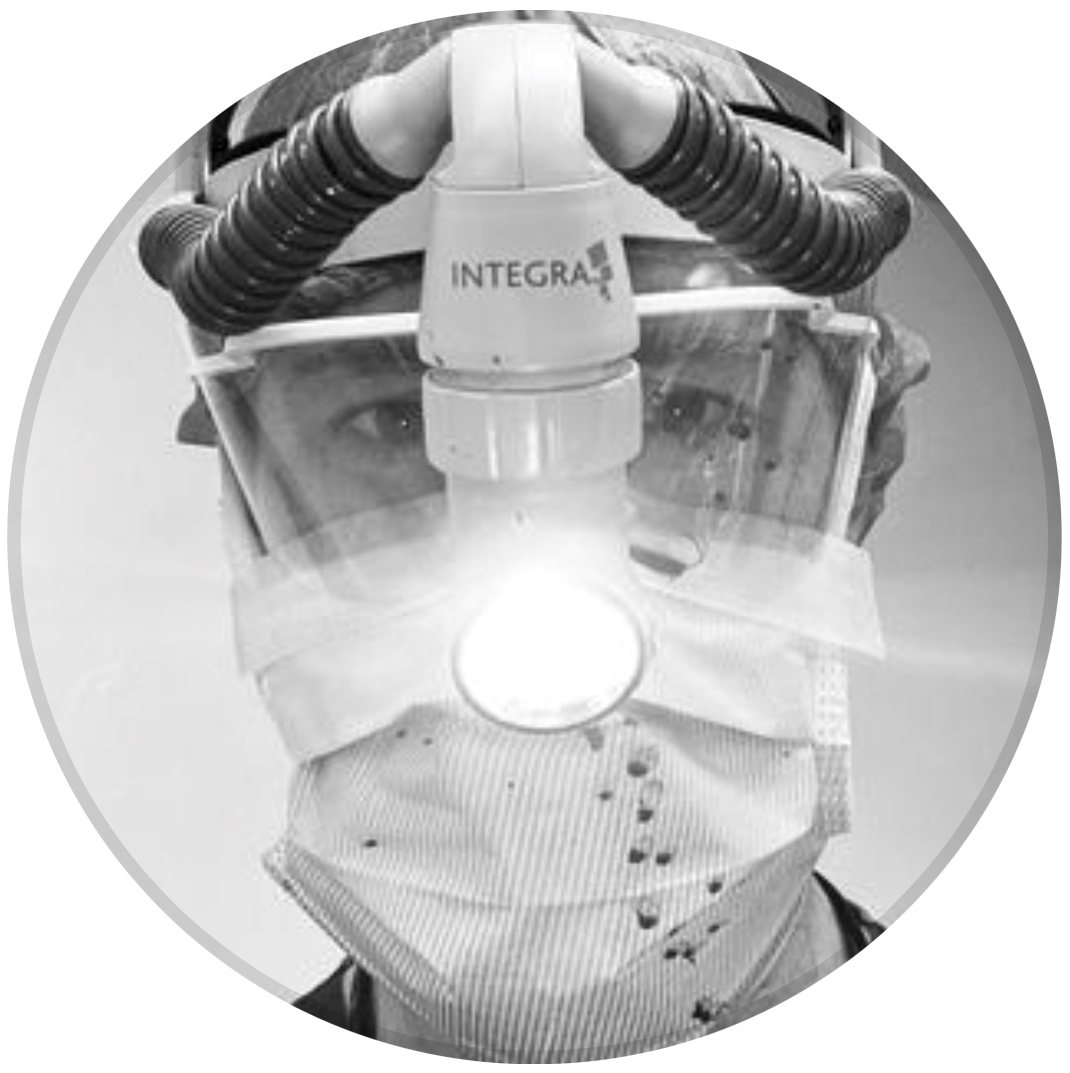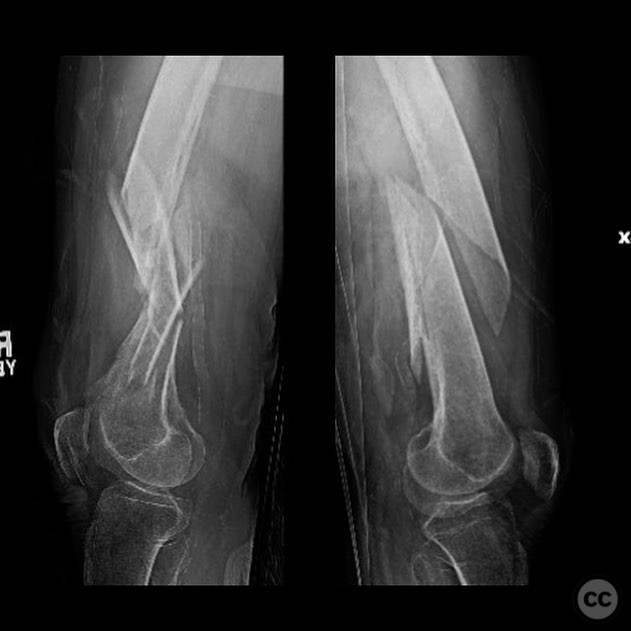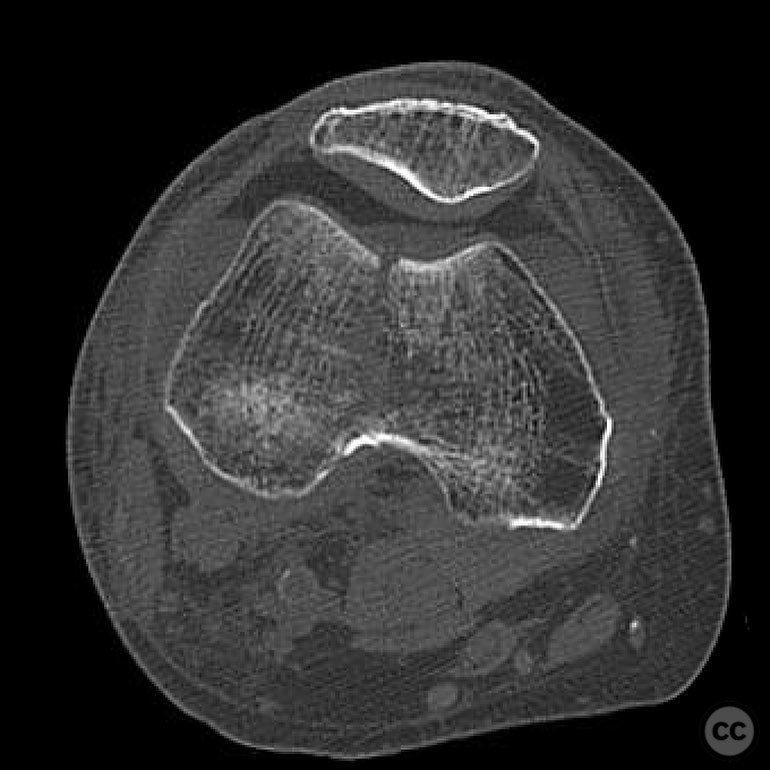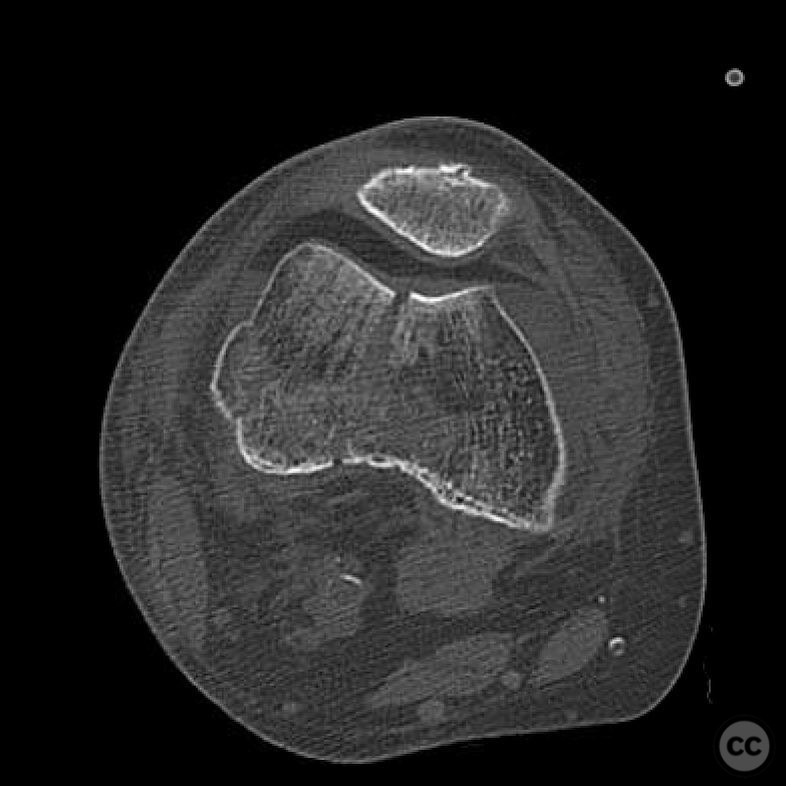Bilateral Femoral Shaft Fractures Secondary to Farm Animal Trauma
Score and Comment on this Case
Clinical Details
Clinical and radiological findings: A 77-year-old female sustained bilateral femoral shaft fractures after being sideswiped by a pig on her farm. Initial clinical examination revealed closed injuries with no neurovascular compromise. Radiographic evaluation confirmed bilateral femoral shaft fractures. The fractures were classified as AO/OTA 32-A3, indicating simple transverse fractures of the femoral diaphysis.
Preoperative Plan
Planning remarks: The preoperative plan involved closed reduction techniques utilizing skeletal traction and manipulation. Indirect reduction was achieved with the use of percutaneous bone hooks and pushers, along with blocking screws to maintain alignment. The surgical plan included stabilization with intramedullary nailing (IMN) to provide relative stability and promote secondary bone healing through endochondral ossification.
Surgical Discussion
Patient positioning: The patient was positioned supine on a fracture table to facilitate closed reduction and intramedullary nailing of both femurs.
Anatomical surgical approach: The surgical approach was minimally invasive, avoiding direct exposure of the fracture site. Intramedullary nails were inserted percutaneously, preserving the fracture hematoma and minimizing soft tissue disruption.
Operative remarks:The surgeon emphasized the importance of maintaining the biological environment of the fracture site by avoiding direct exposure and stripping of fracture fragments. The use of indirect reduction techniques allowed for alignment without compromising the periosteal blood supply, facilitating callus formation and secondary healing.
Postoperative protocol: The postoperative rehabilitation protocol included early weight bearing as tolerated and initiation of active knee motion exercises to promote joint mobility and muscle strength.
Follow up: Not specified
Orthopaedic implants used: Intramedullary nails (IMN)
Search for Related Literature

orthopaedic_trauma
- United States , Seattle
- Area of Specialty - General Trauma
- Position - Specialist Consultant

Industry Sponsership
contact us for advertising opportunities

 anatomic reduction. For the joint_ that means perfect anatomic reduction_ inter-fr_3.jpg)


 anatomic reduction. For the joint_ that means perfect anatomic reduction_ inter-fra(.jpg)
 anatomic reduction. For the joint_ that means perfect anatomic reduction_ inter-fr_2.jpg)
 anatomic reduction. For the joint_ that means perfect anatomic reduction_ inter-fr_1.jpg)
Article viewed 128 times
21 Jul 2025
Add to Bookmarks
Full Citation
Cite this article:
Surname, Initial. (2025). Bilateral Femoral Shaft Fractures Secondary to Farm Animal Trauma. Journal of Orthopaedic Surgery and Traumatology. Case Report 20878277 Published Online Jul 21 2025.